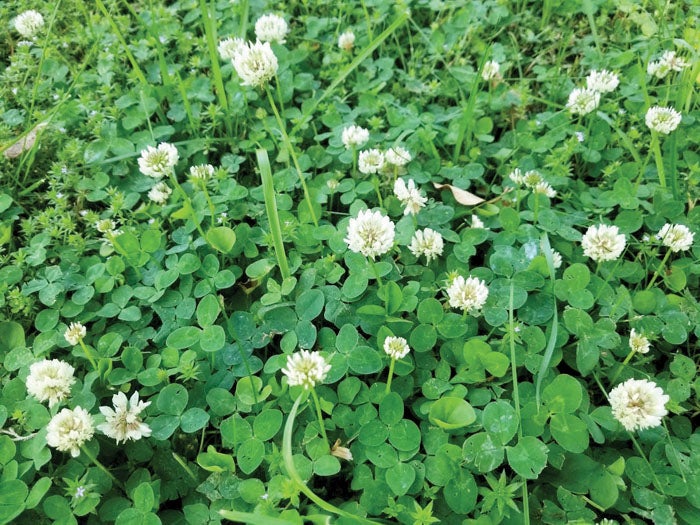Spring issues for gardeners to look out for
Published 12:00 am Saturday, May 7, 2022

- Clover
Unpredictable and erratic weather in the spring is a challenge for home gardeners. Many are working feverishly outdoors to get caught-up from the winter. Below are gardening activities that gardeners will face over the next few weeks.
• Pansies are beginning to fail because of warmer weather and need to be replaced soon. Even though the plants still look fairly well, it is time to decide which annual replaces them. Now is the time to plant colorful annuals. Take up pansies and plant annuals as soon as possible. The longer you wait, the slimmer the selection of annual and other plants at garden centers and retail outlets especially with today’s shortages of plant materials.
• Fescue lawns look very good now. Warm days and cool nights are perfect for this cool season turf grass. However, it’s too late to fertilize with high nitrogen fertilizer if you’ve failed to fertilize in March. Brown patch is a foliar disease that may be a problem in later this month, especially during rainy weather. Be sure to mow lawns 3-4 inches and when the leaf blades are dry to prevent spread of the disease. Keep your mower blades sharp to keep foliar diseases in check.
• Clover is a problem in lawns. It is a difficult weed to control. Most post-emergence weed control herbicides work poorly at this time. Weed control herbicides containing MCCP gives some control. Poor soils tend to favor this weed. Keep your lawns correctly fertilized. Have your soil tested every 2-3 years to make sure your using proper rates.
• Poison oak is starting beginning to leaf-out now. The sap from the leaves and cut stems are potent even in juvenile plants. Controlled sprays of (glyphosate) or a broad leaf brush killer will eliminate the noxious weed. Keep a close eye and spot spray as needed for control.
• Azalea leaf gall can be a problem. It is caused by the fungus common in the spring usually found on new leaves and flower buds. The leaves become thick and misshapen turning pale green then eventually becoming white. Its best to pick off diseased leaves as soon as you spot the problem. Most often this disease is not severe enough to initiate a chemical control.
Darrell Blackwelder is the retired horticulture agent and director with the North Carolina Cooperative Extension Service in Rowan County. Contact him at deblackw@ncsu.edu.



